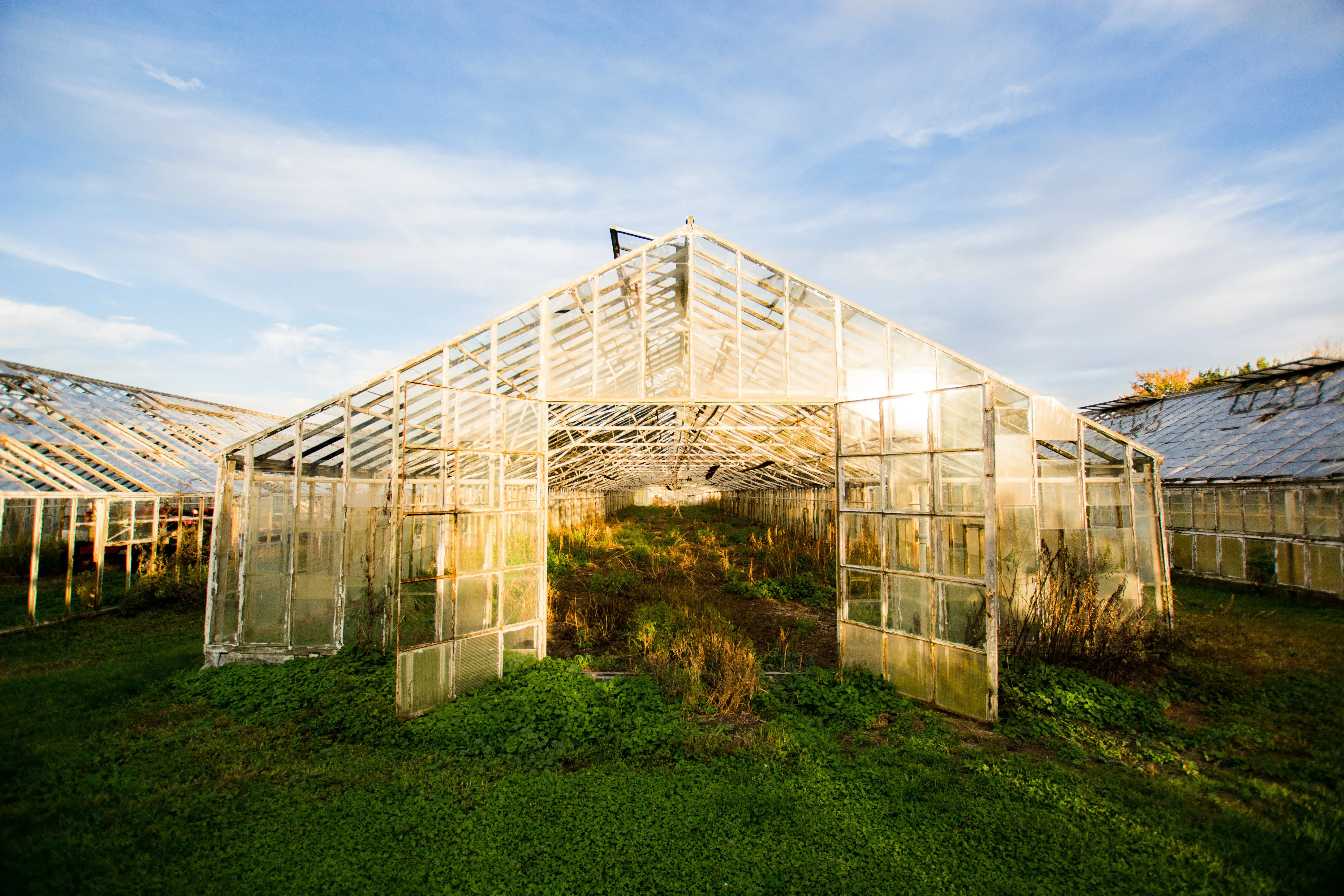Reducing Greenhouse Gases through Agroforestry
Discover how agroforestry, a sustainable land-use practice, plays a significant role in reducing greenhouse gas emissions and combating climate change. This blog post explores the concept of agroforestry and highlights its effectiveness in sequestering carbon dioxide, providing valuable insights into the potential for agroforestry investments, including tax savings and opportunities for tax-free retirement income.

Introduction:
As the world grapples with the urgent need to address climate change, finding effective solutions to reduce greenhouse gas emissions has become paramount. Agroforestry, an innovative land-use practice that combines agriculture and forestry, emerges as a powerful tool in this endeavor. This blog post delves into the concept of agroforestry and explores how it can significantly contribute to the reduction of greenhouse gases, particularly carbon dioxide. Additionally, we discuss the potential for agroforestry investments, which not only promote climate change mitigation but also offer tax savings and opportunities for tax-free retirement income.
1. Understanding Agroforestry:
Agroforestry is a land management approach that integrates trees with agricultural crops or livestock on the same piece of land. This practice combines the economic benefits of agriculture with the environmental advantages of forestry, creating a sustainable and multifunctional system.
2. Agroforestry's Role in Greenhouse Gas Reduction:
a) Carbon Sequestration: Trees are powerful carbon sinks, absorbing carbon dioxide from the atmosphere through photosynthesis and storing it in their biomass. Agroforestry systems, with their abundant tree cover, have the potential to sequester substantial amounts of carbon dioxide, thereby reducing greenhouse gas emissions.
b) Methane and Nitrous Oxide Emissions: Agroforestry practices, such as intercropping and tree-based livestock systems, can help reduce methane and nitrous oxide emissions. By diversifying plant and animal species, agroforestry promotes a healthier balance of nutrients in the soil, minimizing the release of these potent greenhouse gases.
3. Environmental Benefits of Agroforestry:
a) Biodiversity Conservation: Agroforestry systems create diverse habitats that support a wide array of plant and animal species. The presence of trees within agricultural landscapes enhances biodiversity, contributing to ecosystem health and resilience.
b) Soil Health and Water Conservation: Agroforestry practices improve soil quality, increase organic matter content, and reduce erosion. Healthy soils can store more carbon and retain water, reducing the need for irrigation and improving water conservation.
4. Agroforestry Investments: Environmental and Financial Returns:
a) Tax Savings: Agroforestry investments offer potential tax savings through various mechanisms. Depending on local regulations, tax incentives may be available for agroforestry activities, such as deductions for tree planting and maintenance expenses. These tax benefits can enhance the financial returns on agroforestry investments.
b) Tax-Free Retirement Income: Agroforestry investments provide opportunities for tax-free retirement income. As trees mature, they can be harvested sustainably, offering a renewable and valuable source of income during retirement. This tax-free income stream not only provides financial security but also contributes to greenhouse gas reduction efforts.
Conclusion:
Agroforestry is a powerful approach to reducing greenhouse gas emissions and combatting climate change. Through its ability to sequester carbon dioxide, promote biodiversity, and improve soil health, agroforestry offers multiple environmental benefits. Additionally, agroforestry investments provide opportunities for both environmental and financial returns, with potential tax savings and options for tax-free retirement income. By embracing agroforestry, we can make a tangible difference in reducing greenhouse gases, creating a more sustainable future for generations to come.
































































































































